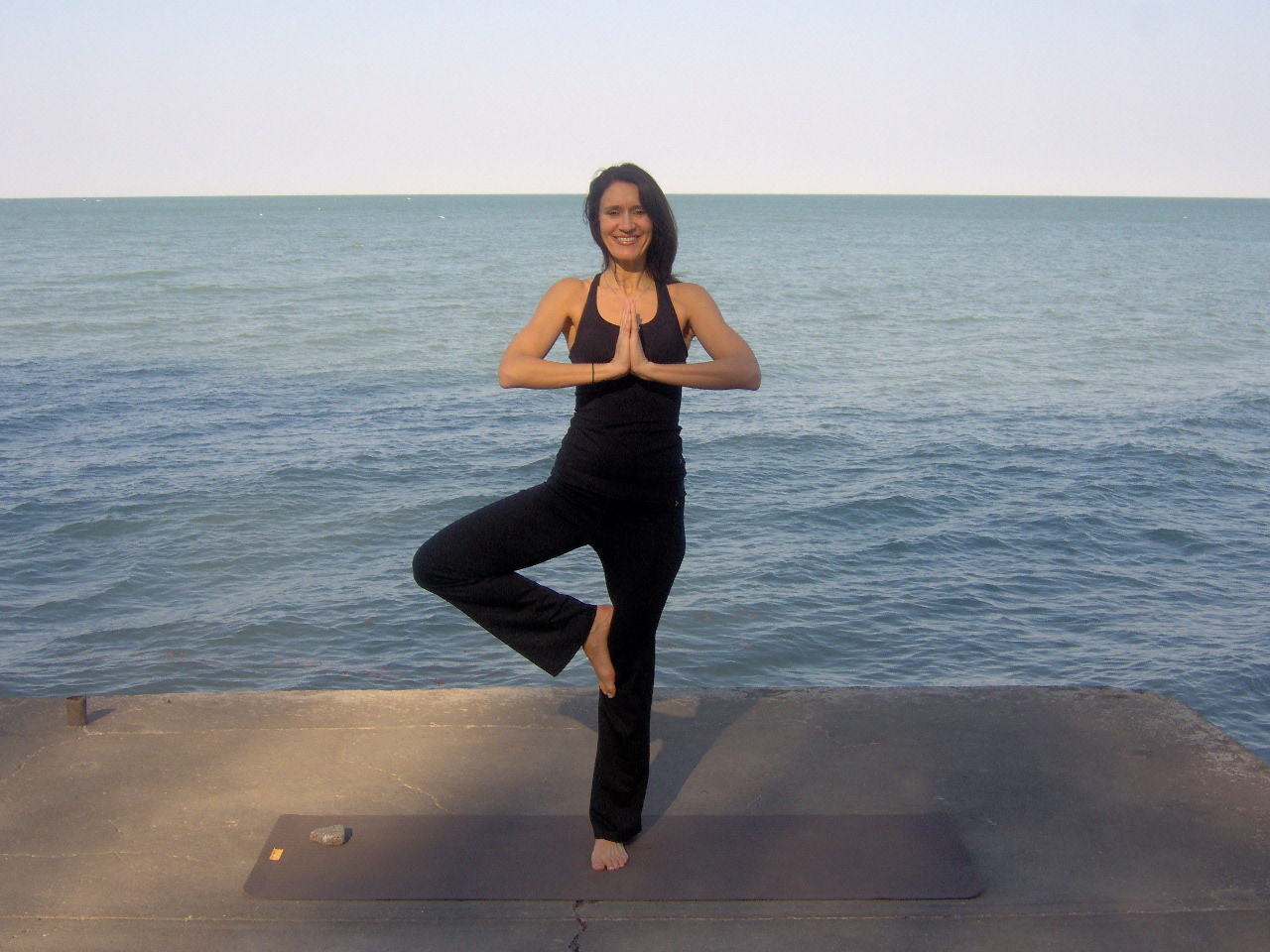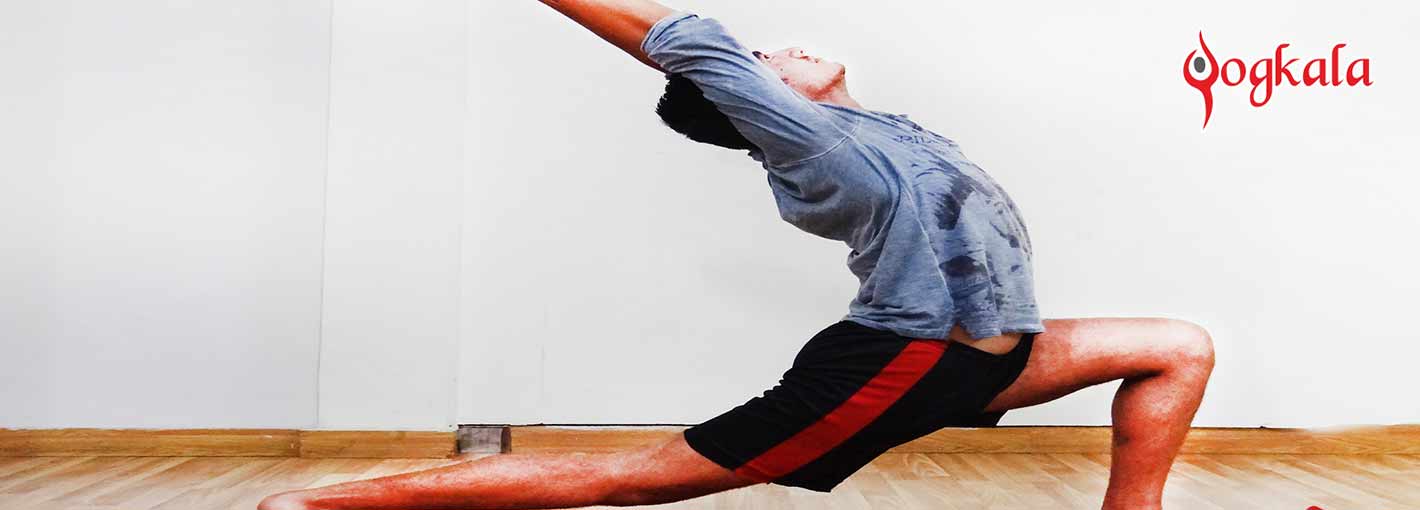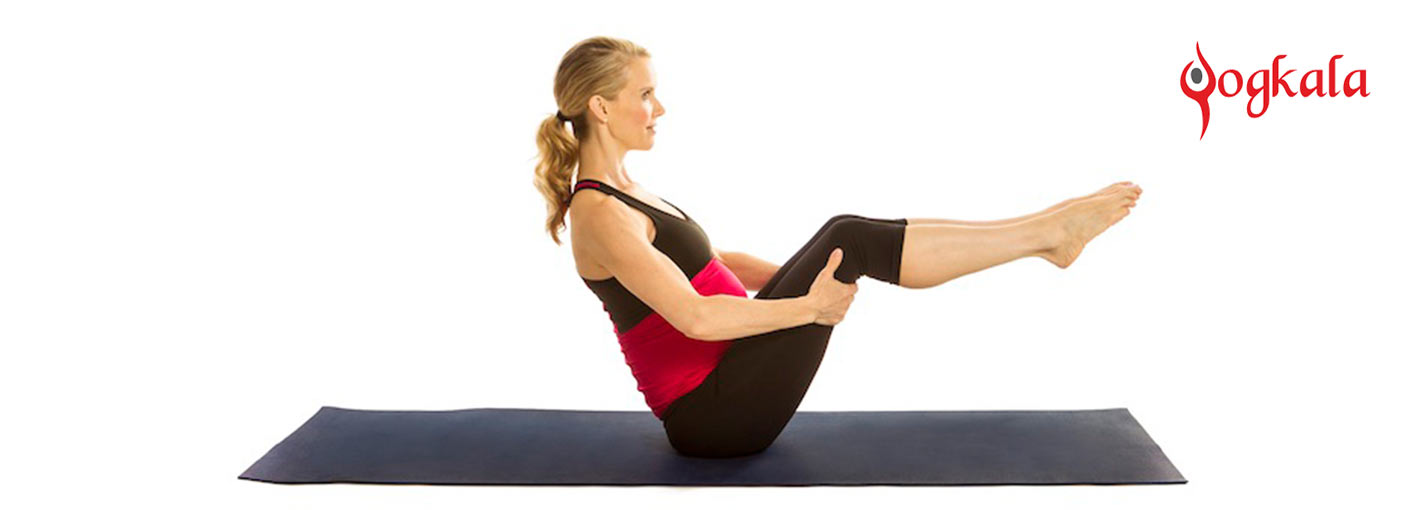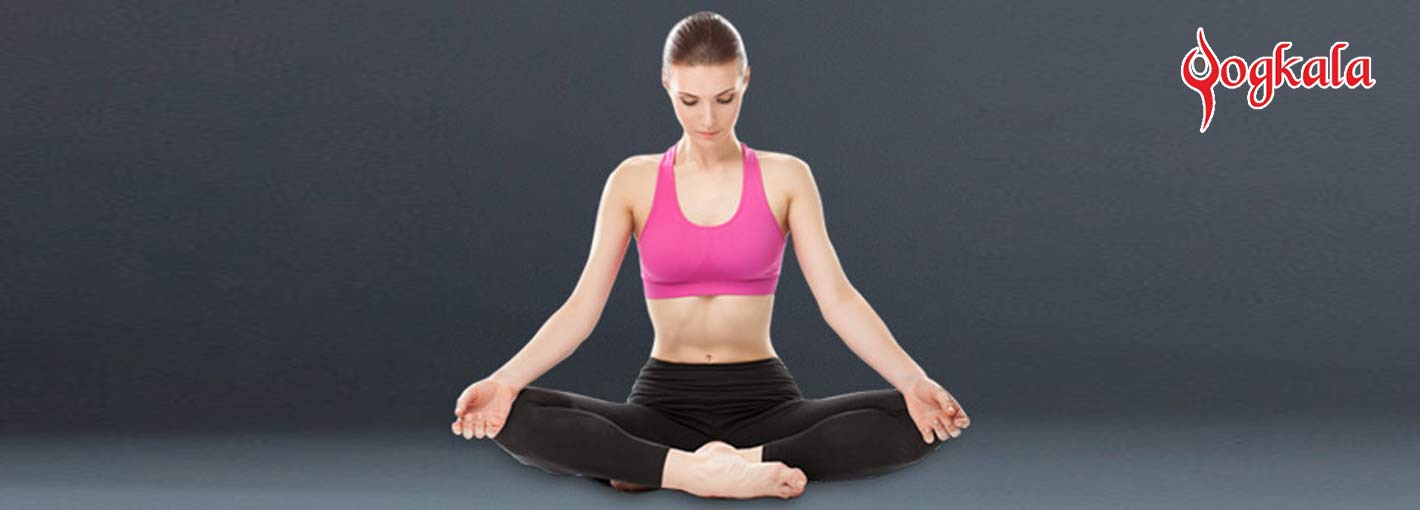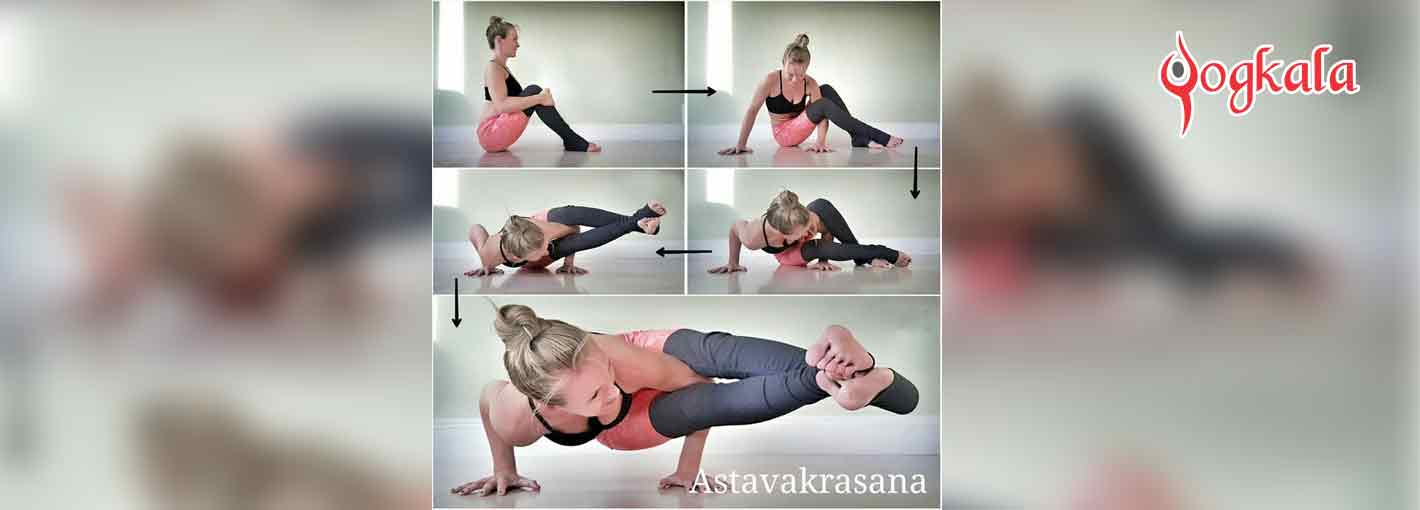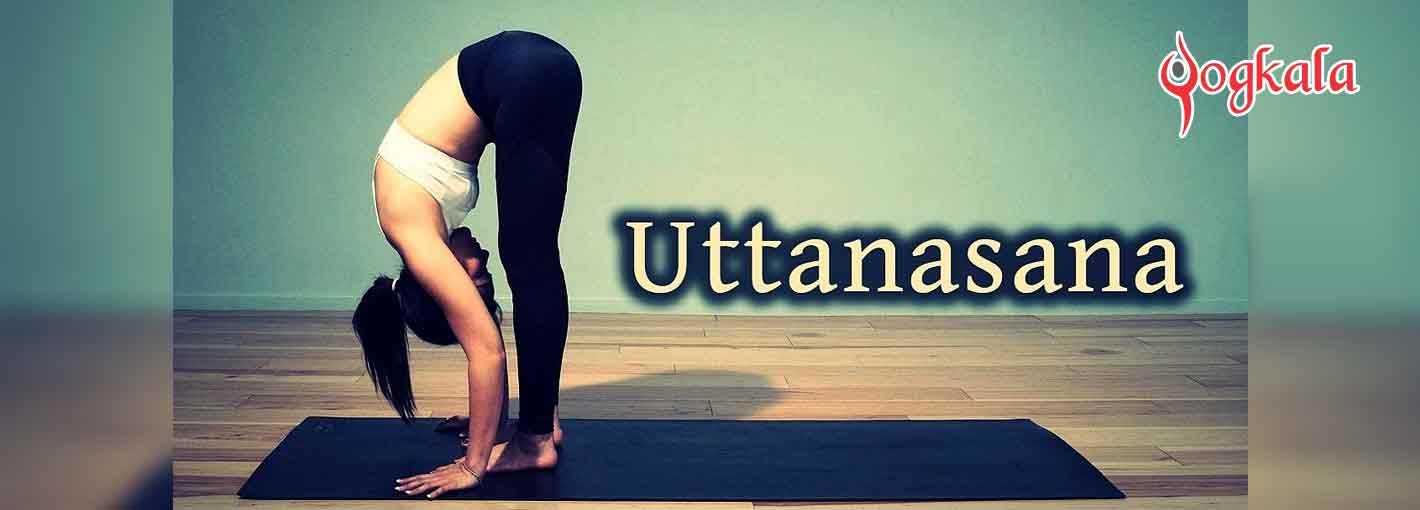Vrikshasana (Tree Pose): Steps, Health Benefits & Contraindications
Vrikshasana or Tree Pose is a standing yoga pose that resembles the steady yet graceful stance of a tree. It is formed by a combination of two Sanskrit words ‘vriksha’ (meaning tree) and ‘asana’ (seat or position). Unlike most of the other yoga poses, you have to keep your eyes open in order to make a body balance on its own.
Here are the health benefits, step-by-step procedure and contraindications of vrikshasana.
- Stand straight and place your arms to the side of your body.
- Bend your right knee slightly and then keep the right foot high up on the left thigh. Just make sure that you keep the sole steady and flat on the thigh root.
- Your left leg must be placed straight and one you have taken this stance, breathe and balance.
- Now simply breathe in and slowly raise your arms above the head and bring them in ‘namaste’ mudra.
- Now look straight at some far-off object and hold it. This will allow you to maintain a good balance.
- Keep you back straight and notice that your body is steady yet flexible.
- Engage in deep breaths as you inhale and relax your body as you exhale.
- Slowly bring your hands down and release the right leg.
- Get back to the initial position.
- Repeat all the steps with left leg.
Health Benefits Of Vrikshasana
- Aids neuromuscular coordination.
- Fortifies the backbone and improves poise and balance.
- Deepens the thorax
- Improves concentration and stimulates mental activities
- Relieves sciatica affected people and reduces flat feet
- Tones legs muscles
- Strengthens knees and frees hip joints
- Strengthens shoulders, eyes, and inner ears
Contraindications & Precautions
- Don’t place the sole of lifted foot directly on the side of standing knee but above or below it.
- When you place the foot next to knee, it puts pressure on leg in a direction that may lead to injury as the knee doesn’t bend parallel to frontal plane.
- When you raise your arms above head for any amount of time, it could risk blood pressure patients. Rather, hold the arms tightly at chest height in Anjali Mudra to reduce the effort involved in doing the asana.

